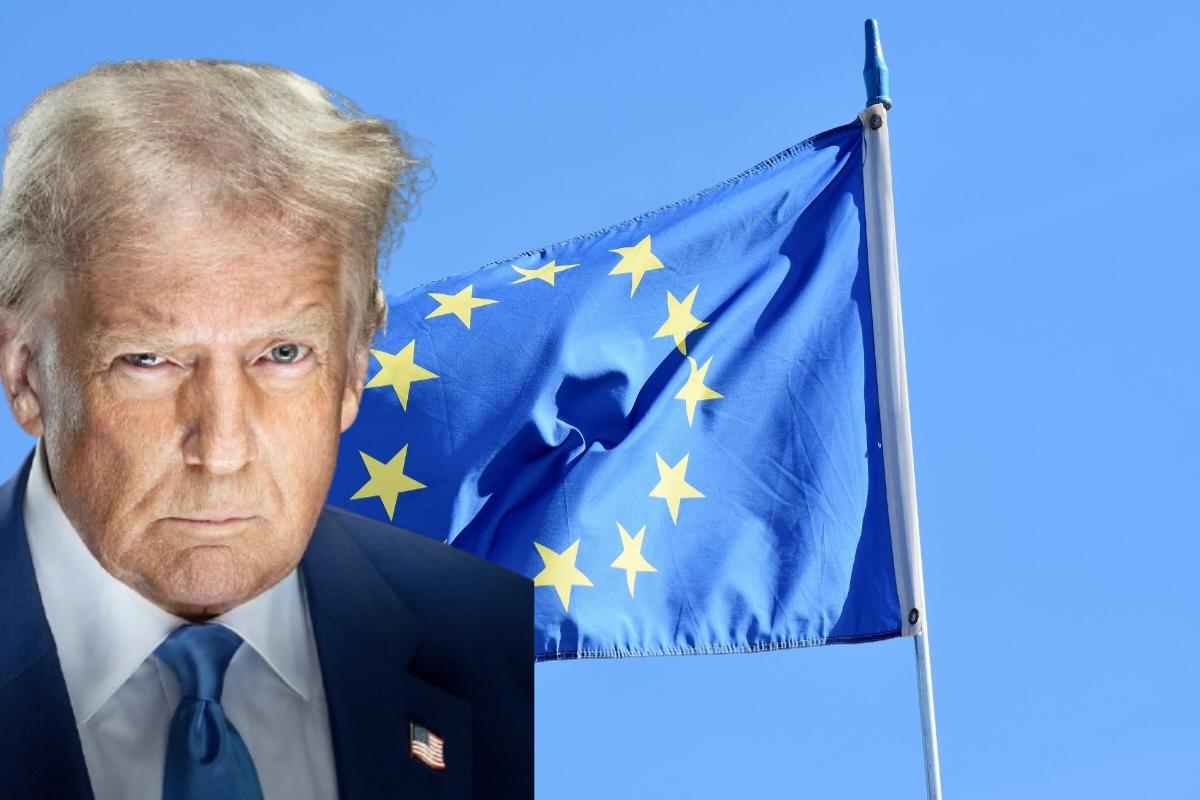
The much-anticipated US-European Union trade deal has finally materialized, bringing a degree of predictability and temporary relief to global markets. According to market expert Bagga, the agreement, which caps European tariffs on American goods at 15%, reflects a largely one-sided outcome favoring the United States.
From a market standpoint, the trade deal had already been priced in. European futures rose 1%, while US futures also edged higher by 0.5%. This reflected the market’s expectation of a deal around the 15% mark. The zero-tariff access granted to American goods in Europe is a significant win for the US, effectively giving American products free entry into European markets.
On the flip side, European goods will face a 15% tariff when entering the US. Although there were concerns about a possible 25% tariff on European automobiles, the 15% cap came as a relative relief. However, expectations that metals would also fall under the 15% cap were dashed when President Donald Trump clarified that tariffs on steel and aluminum would remain at 25%, and copper at a high 50%. The fine print of the deal remains critical and will need further examination.
One of the more significant highlights is the announcement that the European Union will invest $750 billion in the United States. A similar investment pledge of $600 billion was made by Japan just last week. The US administration has claimed that 90% of the profits from these investments will accrue to the US, leaving only 10% for Japan—a model that might be applied to the European deal as well.
The reason for a relatively muted market reaction, especially in Europe, is the complexity of ratification. With 27 individual parliaments needing to approve the agreement, nothing is finalized just yet. Despite the initial sense of relief, the overall structure of the deal is clearly skewed in America's favor.
The China factor continues to loom large. With the August 1 deadline fast approaching for multiple trade partners, China has been given a separate deadline of August 12. No trade deal has been signed with China yet. What exists is a de-escalation in rhetoric and some form of negotiation, following surprising handshakes during earlier meetings in Geneva. High-level talks are now underway in Stockholm involving US and Chinese financial ministers.
An important, yet under-discussed issue is whether the US will soften its stance on Russian and Iranian oil imports into China. If the 90-day tariff window is extended, it could mean a delay or reversal of the planned 100% tariffs on these energy imports. This would be a major positive development for both China and India. Currently, around 45% of India’s oil imports come from Russia at discounted prices. A relaxed stance from the US would benefit Indian inflation and current account dynamics.
On India, the speculation is that an extension will be granted before the August 1 deadline. Trump is expected to visit India in September for a Quad meeting, and it is likely that a formal trade agreement will be signed then. The US might issue a 15% tariff notification in the interim, indicating that talks are still ongoing. India currently operates under a 10% tariff rate, and there’s a chance it might continue or move to 15%. A US delegation is also expected in mid-August, which may further clarify the situation.
Meanwhile, the US Federal Reserve’s upcoming policy meeting will be closely watched, though no rate action is expected this time. Fed futures indicate only a 2% chance of any move. However, key data releases could influence forward guidance. These include Q2 GDP figures expected at 2.5%, JOLTS job openings, and the crucial July jobs data expected Friday, forecasting 1,115,000 new jobs. Notably, a significant portion of last month’s job gains came from state-level education hiring, not the private sector.
Adding to the policy complexity, the Fed’s preferred inflation gauge, the PCE index, is expected to rise both month-over-month and year-over-year. This is happening even as energy costs have fallen sharply, meaning inflation is not cooling as expected. Importantly, the full inflationary impact of recent tariffs hasn’t even been felt yet.
This puts the Fed in a tight spot. The US economy is growing at a healthy 2.5%, jobs are being added, and inflation remains sticky. Cutting rates under these conditions would be hard to justify. However, political pressure is building. The US government is expected to spend $1.2 trillion on interest payments this year—its second-largest budget item after social security. A rate cut would significantly ease this burden.
Looking ahead, rate cuts may become more feasible by September. Current projections suggest two rate cuts could occur by December, and between two to four cuts by July next year. But for now, given a strong economy and persistent inflation, the Fed is likely to stay on hold.
As the global trade chessboard evolves rapidly, all eyes remain on Trump’s tariff diplomacy, Fed’s inflation management, and how these influence not only US markets but also key economies like India and China in the coming months.




